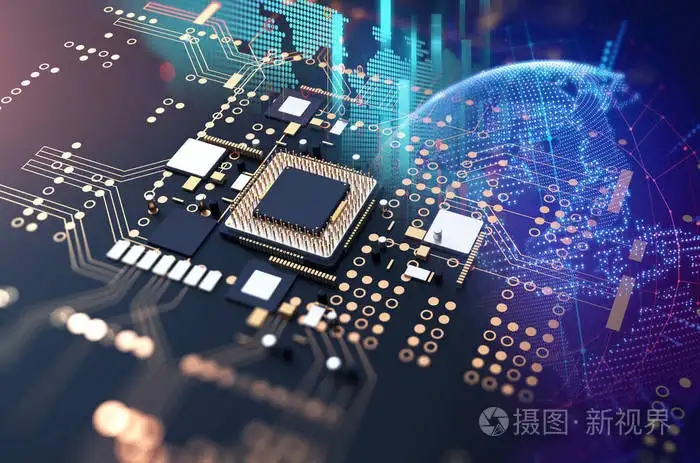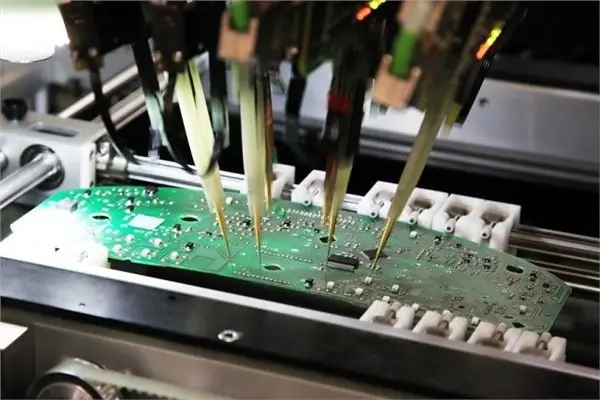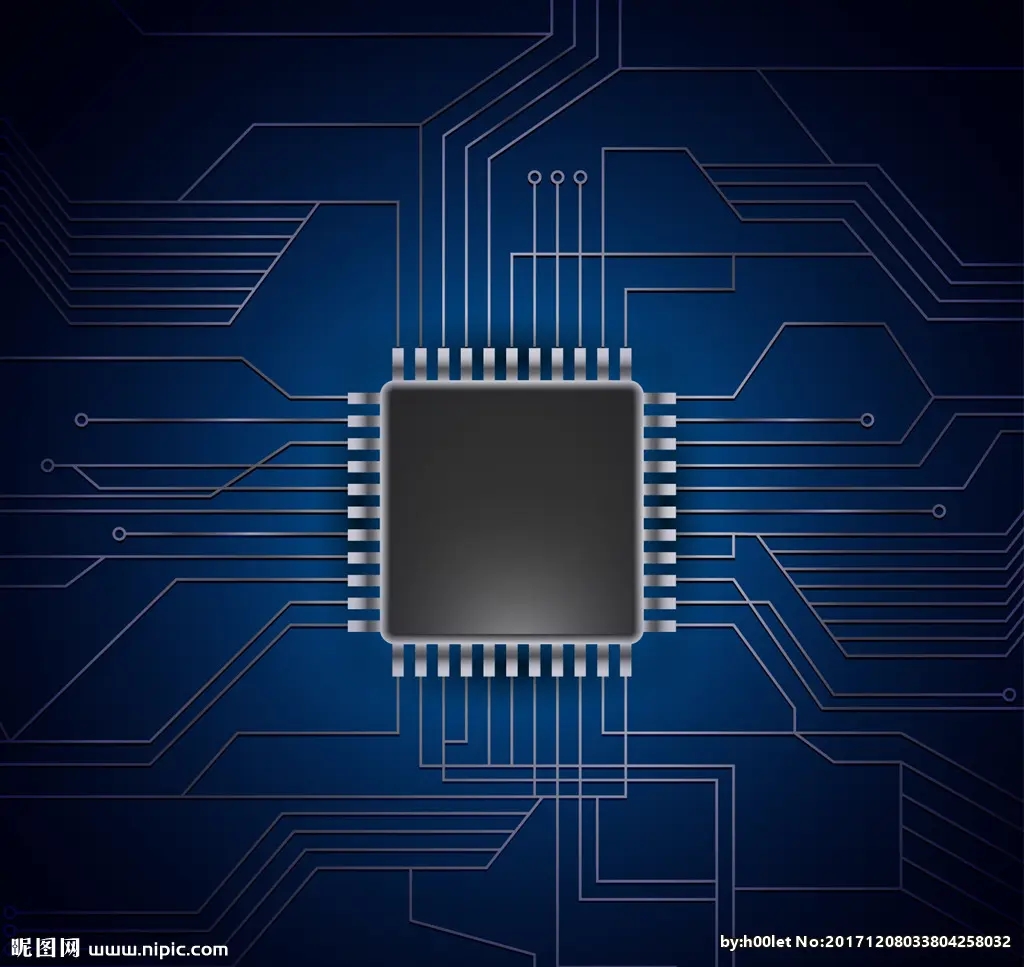
High density printed circuit boards are structural components formed by insulating materials supplemented with conductor wiring. Integrated circuits, transistors, diodes, passive components (such as resistors, connectors, etc.) and a wide variety of other electronic components are installed in the final product. Electrical signals and functions can be formed through wire connection. Thus, a printed circuit board is a platform that provides component connections to carry the foundation of the connected parts.
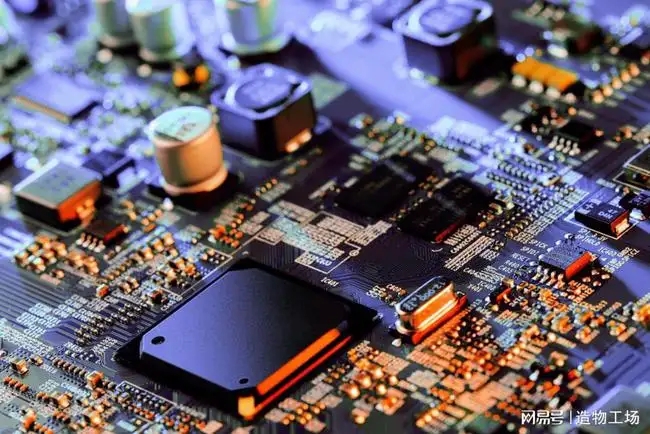
High density printed circuit board A platform for connecting components.High density printed circuit boards are structural components formed by insulating materials supplemented with conductor wiring. Integrated circuits, transistors, diodes, passive components (such as resistors, connectors, etc.) and a wide variety of other electronic components are installed in the final product. Electrical signals and functions can be formed through wire connection. Thus, a printed circuit board is a platform that provides component connections to carry the foundation of the connected parts.
The Chinese name is high-density printed circuit board, and the foreign name is high-density Printed Circuit Board. Attribute structural element development process advantage name from ta said.Development process because the printed circuit board is not general terminal products, so in the name of the definition of a slightly confused, such as: personal computer motherboard, called the host board and not directly called the circuit board, although the host board has the existence of a circuit board is not the same, so the assessment of the industry when the two related but can not say the same. Another example: because there are integrated circuit parts loaded on the circuit board, so the news media called it IC board, but in essence it is not equivalent to printed circuit board.
As electronic products tend to be multifunctional and complex, the contact distance of integrated circuit components is reduced, and the speed of signal transmission is relatively increased, followed by the increase of the number of connections and the local shortening of the length of distribution lines between points. These require the application of high-density line configuration and micropore technology to achieve the goal. Wiring and bonding are basically difficult to achieve for single and double panels, so the Circuit Board will move to Multilayer. In addition, due to the continuous increase of signal lines, more power layers and grounding layers are necessary means for design, which makes the multilayer printed circuit board more common.
advantage
For the electrical requirements of high speed signals, the circuit board must provide impedance control with alternating current characteristics, high frequency transmission capability, and reduction of unnecessary radiation (emi). With Stripline and Microstrip structure, multilevel design becomes necessary. To reduce quality problems in signal transmission, insulation materials WITH low dielectric coefficient and low attenuation rate are used. In order to match the miniaturization and array of electronic components, the density of circuit boards is constantly increased to meet the demand. BGA (Ball Grid Array), CSP (Chip Scale Package), DCA (Direct Chip Attachment) and other groups of parts assembly, more promote the printed circuit board to an unprecedented high density realm. Where the diameter of the hole less than 150um is known as Microvia in the industry, the use of this microhole geometry technology to make the circuit can improve the efficiency of assembly, space utilization and so on, at the same time for the miniaturization of electronic products also has its necessity.
For this type of structure of the circuit board product, the industry has a number of different names to call such a circuit board. For example, European and American companies used to call such products SBU (Sequence Build Up Process), which is generally translated as "sequential layer adding method", because the programs they made were constructed in a sequential way. As for the Japanese manufacturers, because the hole structure of these products is much smaller than the previous ones, the production technology of these products is called MVP (Micro Via Process), which is generally translated as "Micro hole Process". Some people because the traditional Multilayer Board is called MLB (Multilayer Board), so this kind of circuit Board is called BUM (Build Up Multilayer Board), generally translated as "layered Multilayer Board".
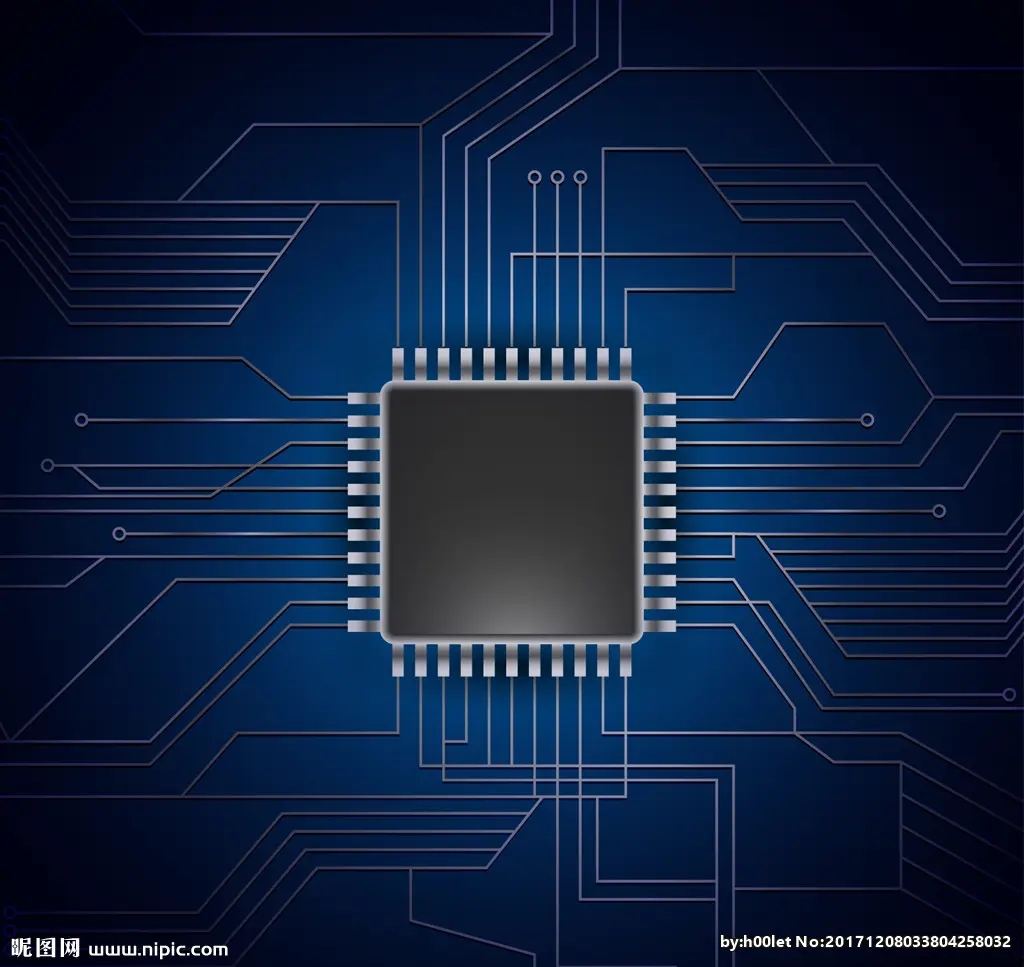
The name origin
In order to avoid confusion, the American IPC Circuit Board Association proposed to call such products the generic name of High Density Intrerconnection Technology (HDI), which translates directly into High Density connection Technology. However, this does not reflect the characteristics of the board, so most circuit board manufacturers refer to such products as HDI board or the full Chinese name "high density interconnect technology". However, because of the problem of smooth speaking, some people directly call this kind of product "high-density circuit board"
Mentor PCB design software agent, professional agent sales platform, many years of CAD/CAE software experience, to help you get started quickly, to help you solve all kinds of design obstacles, to help you grow the technology; Please also click on the homepage to contact us for more information or quotation.


